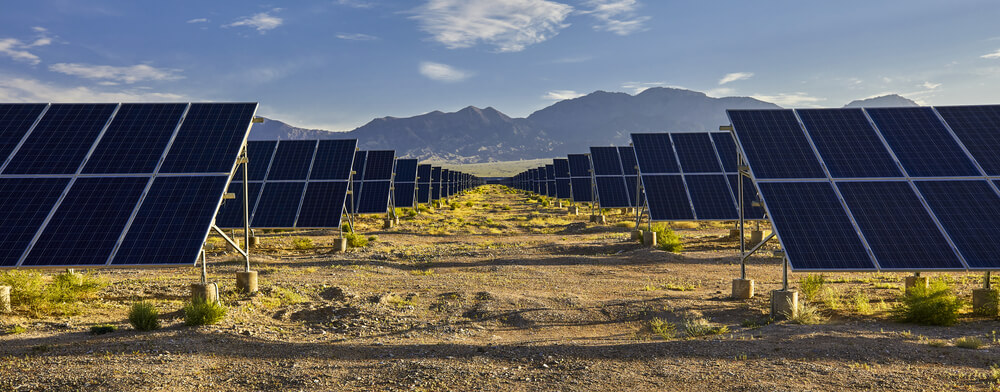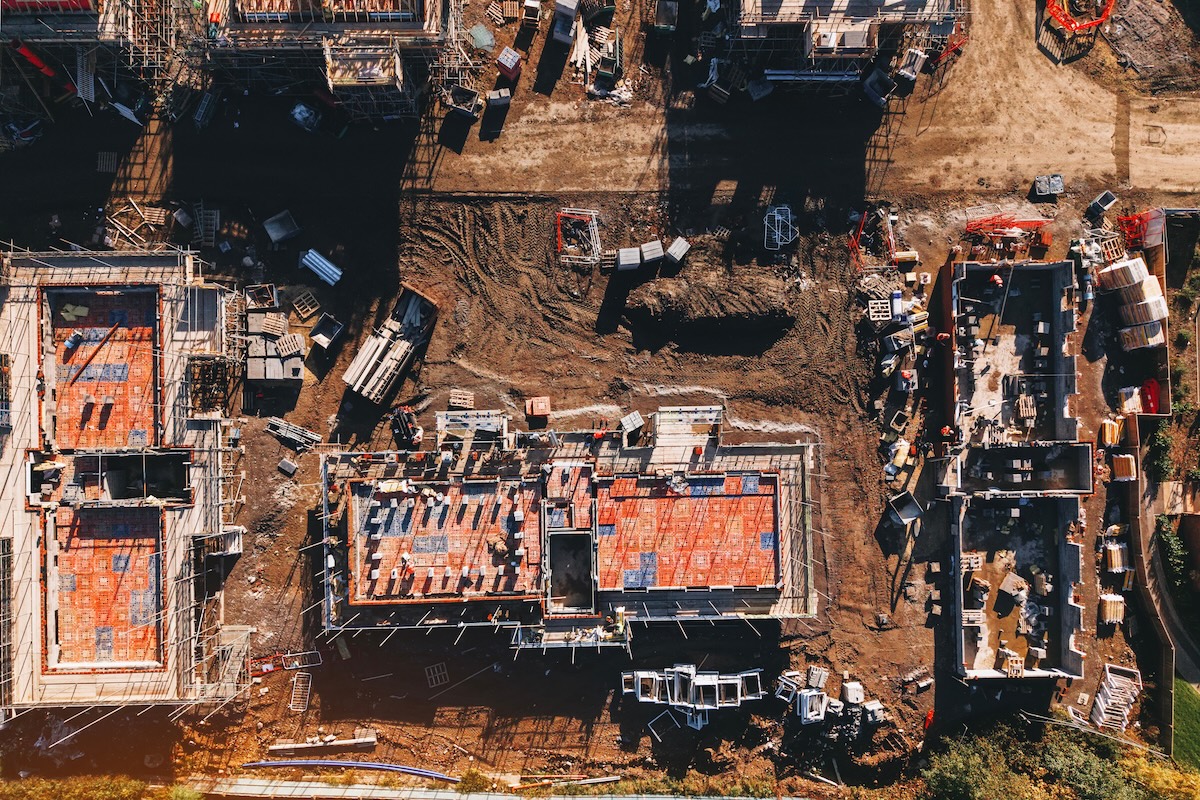ImpactAlpha, Nov. 20 – The world’s largest multilateral bank will no longer fund fossil fuel projects post-2022. The European Investment Bank is on a new strategy to unlock $1.1 trillion for climate finance and sustainable investment over the next decade.
“We will stop financing fossil fuels, and we will launch the most ambitious climate investment strategy of any public financial institution anywhere,” said the EIB’s Werner Hoyer.
Several days earlier, the African Development Bank scrapped plans to finance a coal plant in Kenya and indicated it is not planning to fund new coal plants, which are at risk of becoming “stranded assets,” bank president Akinwumi Adesina told Reuters at a conference in South Africa.
Bucking the trend
Climate financing from the six multilateral development banks grew 22% last year even as global climate finance fell (see, “Investor wake-up call: Global climate financing fell 11% last year”).
The African Development Bank, the Asian Development Bank, the European Bank for Reconstruction and Development, the European Investment Bank, the Inter-American Development Bank Group and the World Bank Group invested $43.1 billion in 2018, a 60% increase since the 2015 Paris climate agreement. The World Bank and European Investment Bank already have surpassed their 2020 targets to scale up climate finance to 25-40% of their loan portfolios.
Falling short
Gas infrastructure built through 2022 with financing from the European Investment Bank could operate through mid-century, Greenpeace warns. In Small Steps Are Not Enough, Christian Aid criticizes the banks for growing green-energy lending too slowly and continuing to fund fossil fuels (see “Is the carbon bubble about to burst?”).
Distribution
About $30 billion, or 70% of 2018 climate financing from the multilateral banks went to climate mitigation strategies. Financing for climate adaptation grew to $13 billion. Projects in sub-Saharan Africa, Latin America and the Caribbean and South Asia received the most investments by region. Catalytic? Each dollar of climate finance provided by multilateral development banks mobilized just 62 cents from private sources.












